Review for Ganja and Hess
I’ll probably make myself sound horribly ignorant by confessing that I thought ‘Ganja & Hess’ was going to be a kind of third ‘Blacula’ film. What’s probably worse is the public admission that I would have much preferred it if it had been!
The truth is that Director Bill Gunn was asked to make a black vampire film – presumably in the Blaxploitation mode which, according to the documentary on the disc, wasn’t something he had any interest in doing. Until he had an artistic brain-wave to use vampirism as a metaphor for addiction. Which I get. But then addiction becomes a metaphor for something else and the whole thing becomes a confusing mess, heralded by some as a surreal art-film of sorts.
One of its problems is that we’ll never really know if this was ‘Ganja and Hess’ as the auteur had intended. When viewed by its backers, it was clearly going to be a commercial disaster so it was re-cut within an inch of its life and its more salacious moments used to market it; the idea presumably being people would pay to go in and it wouldn't matter too much if they were groaning on the way out.
The backers, Kelly-Jordan Enterprises, assumed off-Broadway actor and playwright Bill Gunn would be up for churning out a gritty urban vampire flick. But he had grand artistic aspirations of his own and used the opportunity, and their money it has to be said, to create his own vision of what the film should be.
What resulted seems to be a highly indulgent mash-up of addiction, religion, sex , African-American culture and a poetic taste for surrealism and multi-layered meaning. Like a visual poem perhaps.
The big problem that I had with the film, and I really couldn’t shake it, was just how amateurish it looked. I know that a bit of grain in the image was de riguer in the 70’s but it gets so bad on this film that it’s barely watchable. In fact, the idea that you’d need a Blu-Ray transfer of a film that looked like a tenth generation VHS tape is almost laughable. So I personally found it very hard to concentrate and see past that. I guess the budget meant that it had to be shot on 16mm and not necessarily by a particularly experienced crew. Whatever the case, it looks absolutely grim for the majority of the movie.
Despite all that, or possibly because of all that, it apparently it received a standing ovation when it debuted in Cannes but was promptly set upon by critics when shown back in its home turf and, as a result, was pulled within a week after a disastrous box-office. In order to cut their losses, the reeling producers sold the film to another distributor who then re-cut it and gave it a more salacious, less cultured sounding title: Black Evil. It was re-cut, presumably closer to the intended version, in the eighties and that’s the version you get here.
In terms of its horror credentials, don’t let your judgement be swayed by Gunn’s decision to use Duane Jones as a lead in the picture (Jones had starred in Romero’s ‘Night of the Living Dead’ five years earlier). Jones plays Dr. Hess Green, a charismatically cultured and well-educated man who is something of an expert on African tribal history and who gets chauffeured around in a Rolls Royce.
His new assistant, George, is quite a different kettle of fish. Played by Gunn himself, it’s a character who seems to be totally psychotic, stabbing his mentor in the chest and then, after a bath, shooting himself in the chest. But it appears that Hess doesn’t die from the wound – instead he appears to be immortal (well, bullets won’t stop him as we see later!). But there’s something else. When he discovers the body of his assistant in a pool of blood he lies down next to it and starts to lick it up. No long and sharpened fangs. Just a taste for blood, a habit which he feeds with visits to blood banks and the occasional prostitute.
And so it sort of goes until George’s wife (Ganja played by Marlene Clark) arrives from Amsterdam. It’s not long till George is forgotten and she is hopelessly in love with the charismatic Hess. Inevitably she becomes a ‘user’ too.
By trying to pin down the narrative I am probably making it sound far more cohesive than it seems when watching it. This wafer thin plot if only loosely held together with bizarre and often dream-like sequences where you’d be forgiven for thinking that you’d been fed some acid in your Kia-Ora. The soundtrack is as crazed as the pictures, often descending into a nightmarish and echoey whirl of sound effects loosely mixed with dialogue and music. As a yardstick, it makes David Lynch’s ‘Eraserhead’ look like Disney’s ‘Frozen’. And I don’t mean that in a good way.
On the plus side, the period shots in a Pentecostal church are a complete early seventies blast and, despite being an atheist myself, it’s easy to see the appeal of such churches. They look a blast.
Film historians may rightfully point to ‘Ganja and Hess’ as the first real attempt by a Director to make a serious work of filmic art. They have a point, although Gunn is clearly no Bergman.
The disc comes with some extra features which, in my view, all seem to accord the film a far greater level of respect that the results deserve.
Here’s what you get.
· Feature-length commentary with producer Chiz Schultz, lead actress Marlene Clark, cinematogropher James Hinton and composer Sam Waymon - I listened to maybe half of this before concluding that life is too short. Nothing wrong with it in principle but as I listened and watched there was a huge incongruity for me between the seriousness of the discussion and the amateurish footage.
• Select scene commentary with historian David Kalat – This was altogether a better option for me and Kalat certainly does bring a level of analysis to the film that a simpleton like me would never have recognised. Definitely worth watching, even if it’s just to help you make some sense of what you’ve just seen.
• The Blood of the Thing: film historian David Kalat leads a 1998 interview-based documentary about the film which is itself extremely lo-fi. Lasting 30 minutes it felt longer.
• Gunn’s original screenplay available via DVD-Rom and BD-Rom – I would like to have seen this and it’s a cool extra but sadly I was unable to access as I had just the Blu-ray check disc to review and no way to play on my PC.
• Reversible Sleeve - I haven’t set sight on the packaging but I really like the whole idea of the reversible sleeves which Eureka and Arrow have both embraced.
• 24-page booklet featuring a new essay by critic and author Kim Newman and a vintage letter written by Gunn to the New York Times, illustrated with archival images. As usual, a really nicely presented and interesting addition to the pack.
Oh dear. I really thought I was going to like this film. But in the end, the rank amateurism of both film and audio recording (maybe as a result of budget) as well as its indulgent narrative which just didn't seem to ever quite work meant that it just disappointed. Life is short and films are long and with so many great movies out there I’m not sure I’d ever watch this one again. I also don’t buy the ‘sticking it to the man / rob the rich and give to the poor’ double-take that Gunn undertook here. Producers and backers are not necessarily the enemy. They provided the money and Gunn clearly abused that to his own ends. Can we really blame them for desperately trying to re-coup? In short, despite the fact that the film may be laudable as an early example of serious black cinema, it really didn’t float my boat.
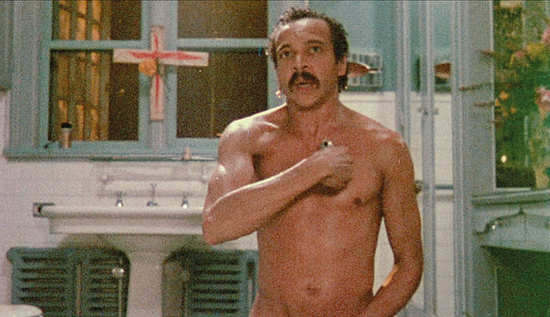
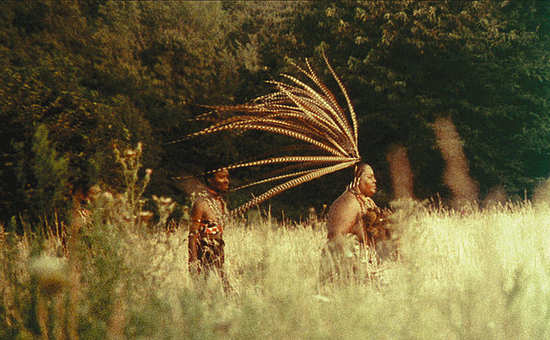
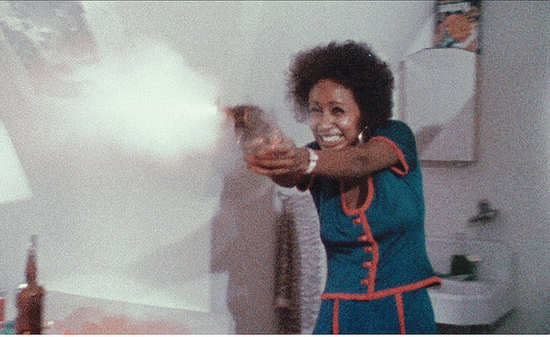
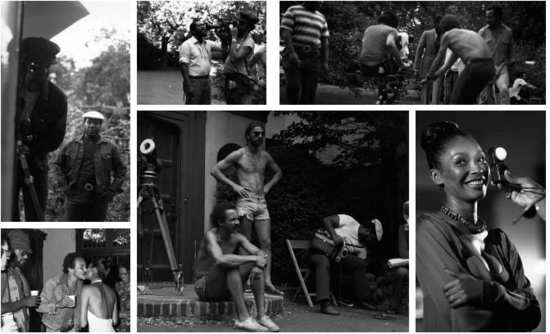
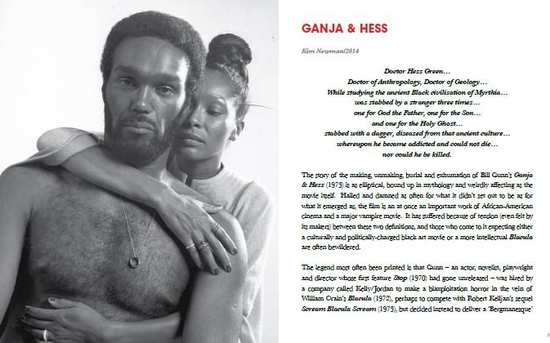
Your Opinions and Comments
Be the first to post a comment!